
Main navigation

Study finds coordination of brain and breathing rhythms during sleep begins early in life
The findings could inform our understanding of sleep-related breathing disorders in children

Reversing high blood pressure in offspring of hypertensive rats
Findings may open new avenues of research to prevent transfer of health conditions from mothers to children
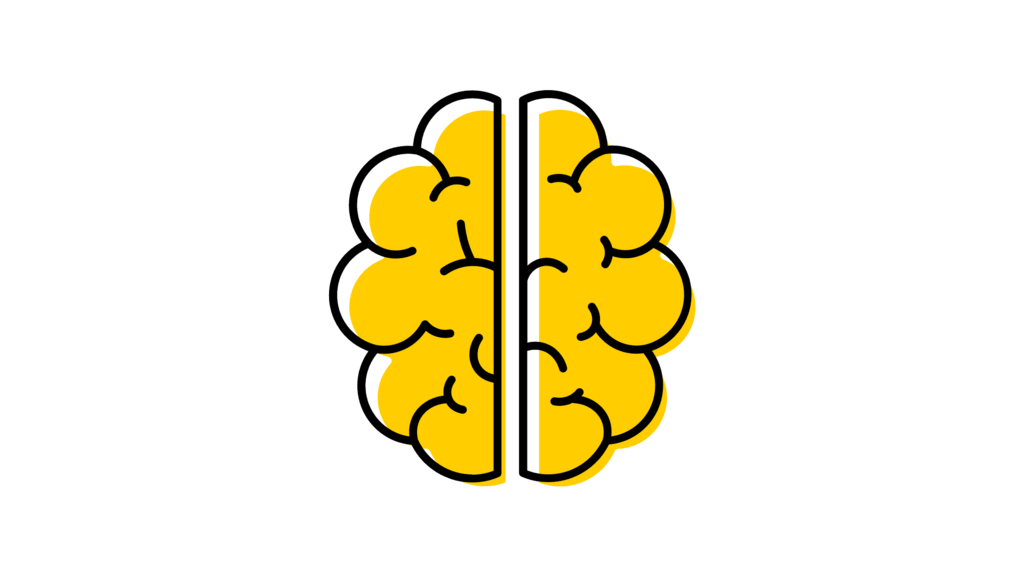
Brain stimulation improves schizophrenia-like cognitive problems
Researchers identified the cerebellum as a potential target for treating diseases that affect thinking, attention, and planning
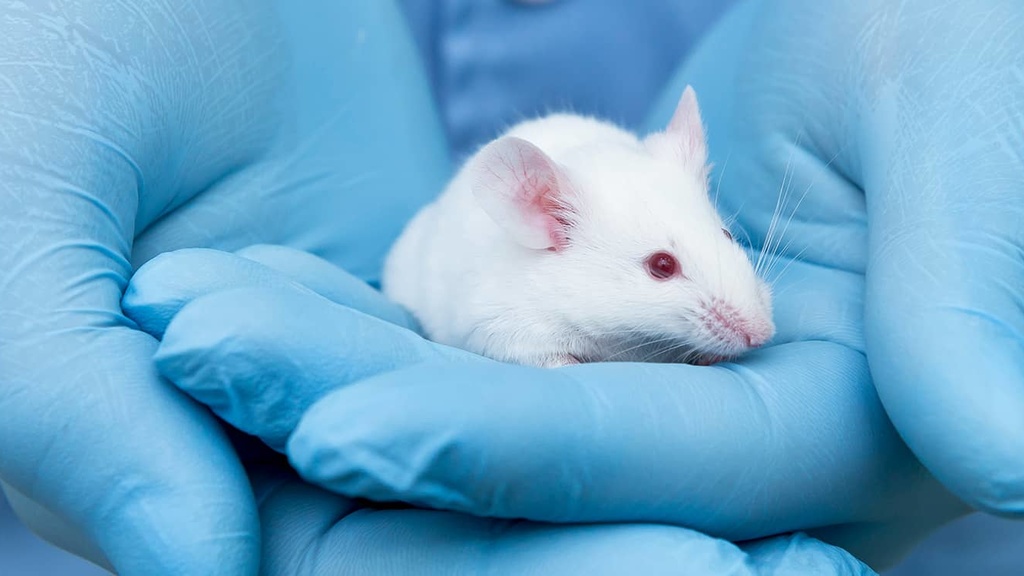
Early UI research on coronaviruses sets the stage for COVID-19 vaccine
In 2007, two UI professors led a team in creating a genetically modified mouse susceptible to infection by SARS in order to study the coronavirus and its potential treatments. When the COVID-19 pandemic began, The Jackson Laboratory, the world’s largest supplier of research mice, re-created and bred this UI-developed mouse model that scientists around the globe could use in their quest for effective therapies against COVID-19. The UI team has since created other mouse models valuable for understanding the virus and the immune system’s response.
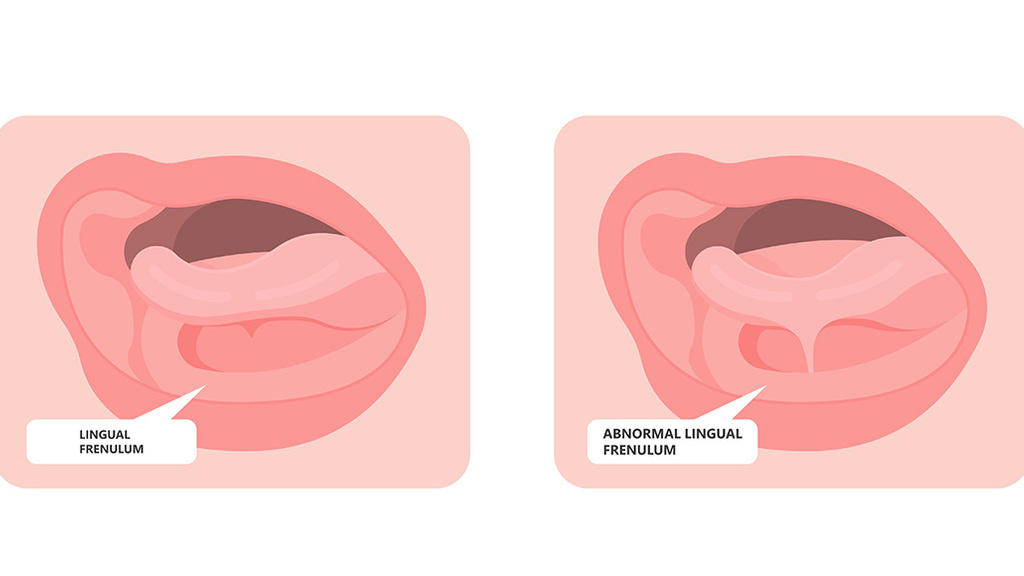
Finding more genes associated with cleft lip and palate
The research team identified three genes that cause cleft lip or palate, which occurs in about 1 in every 1,600 babies born in the U.S.
UI biologists identify gene involved in kidney-related birth defects
The finding, which was confirmed using zebrafish and mice, allows for families carrying the mutation to be told in advance whether their children are at risk of inheriting the disorder
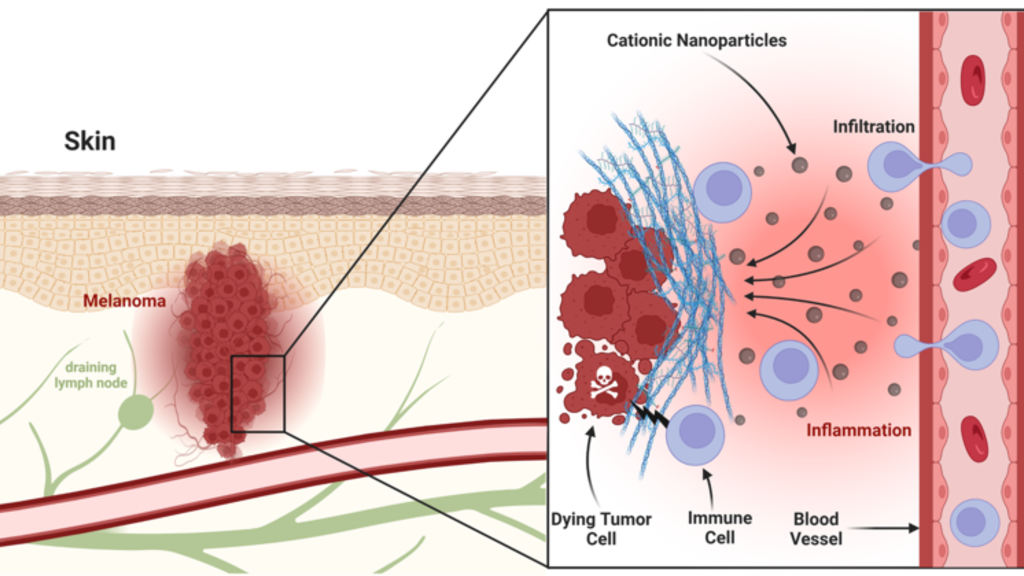
Creating nanoparticle-vaccine combination to target melanoma
Experiments in mice eliminated cancerous tumors or extended survival
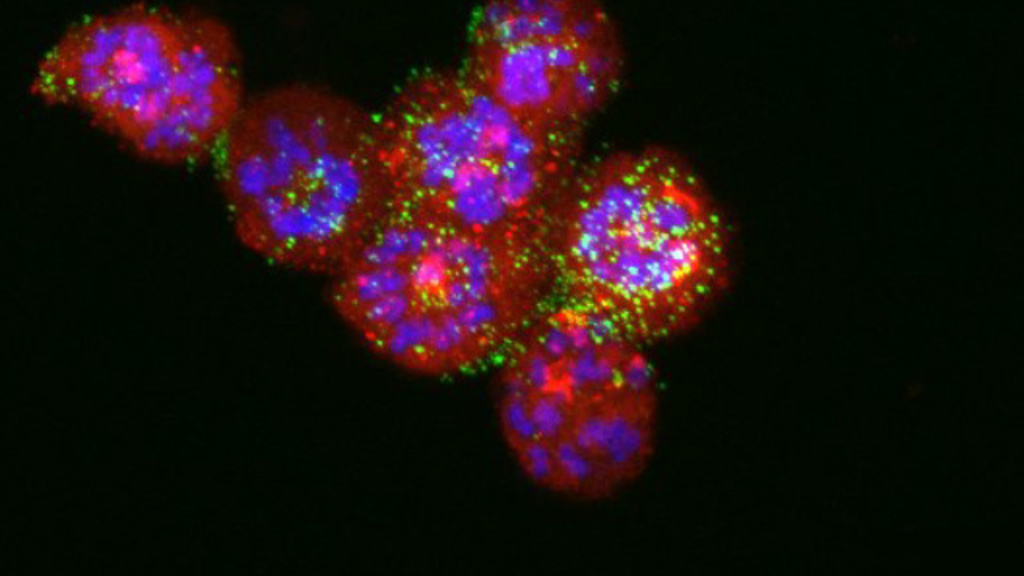
Using nanoparticles to target, kill endometrial cancer
The new treatment could mean improved survival rates for the roughly 6,000 U.S. women diagnosed with type II endometrial cancer every year

Gut microbes: Burning calories while you sleep?
Study links changes in gut bacteria to lower resting metabolic rate and weight gain in mice

Vitamin nicotinamide riboside protects mice from diabetes complications
A naturally occurring vitamin, nicotinamide riboside, can lower blood sugar levels, reduce fatty liver, and prevent peripheral nerve damage in mouse models of diabetes
For more background on the scientific advancements made possible by animal research, please visit Learn more.